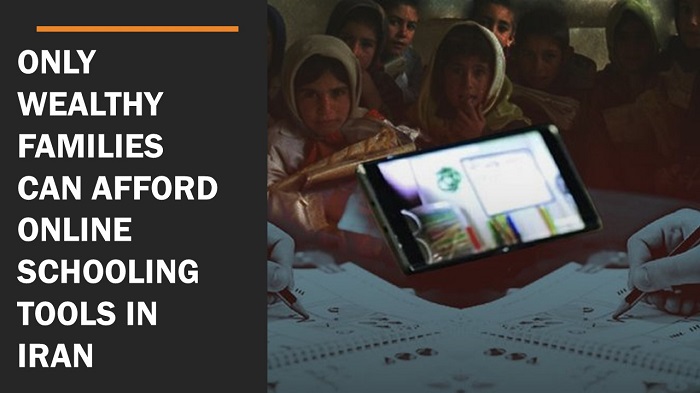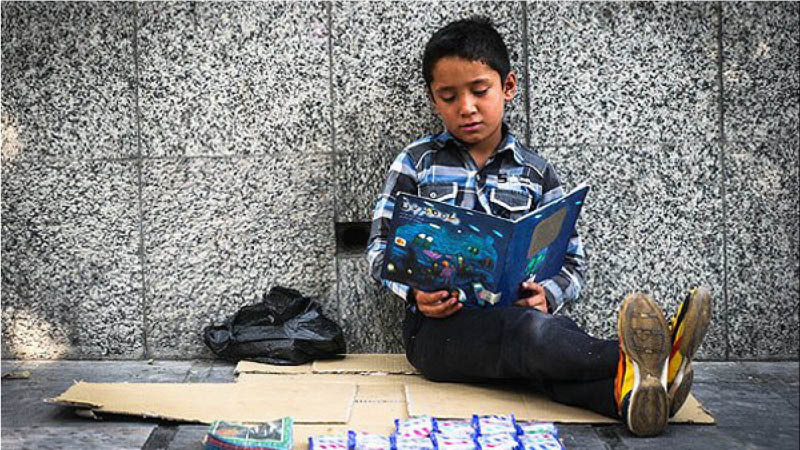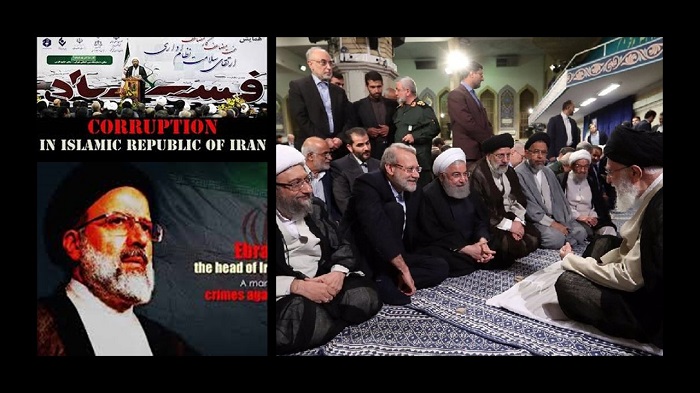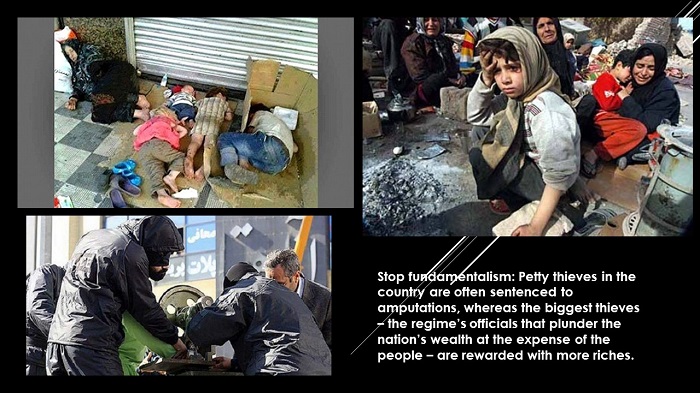
The education system in Iran is deeply affected by the corruption and inequality perpetuated by the regime. The National Council of Resistance of Iran (NCRI), and the People’s Mujahedin of Iran (PMOI / MEK Iran) reported that many schools, particularly that outside of the capital of Tehran, are in desperate need of repair and as more schools become privatized and costly, many students are being forced to drop out altogether.
Hazardous School Environments
The State-run website Rouydad-e-24 stated in a report on 20 January 2021, after three students and two teachers were burned in an accident a hazardous trailer school, “Khuzestan province has 1300 trailers schools and Sardasht region of Dezful has 13 trailer schools and two stone-made schools.”
There is a distinct lack of funding from the regime going towards the upkeep and care of the nation’s free schools. Many schools are forced to exist in trailers and others have classrooms with dilapidated roofs, old oil heaters, and structural issues. These cannot be considered safe places for children to receive an education.
The Director-General of School Renovation in Alborz Province said on 7 July 2019 regarding the critical situation, “About 40 percent of Alborz’s schools need to be repaired, demolished and rebuilt because, in case of an earthquake in Alborz province, the old schools will be vulnerable and will be destroyed.”

The Effects of Extreme Poverty
The costly privatization of schools in Iran is pricing children out of the education system. Families cannot afford to send their children to monetized schools and in many cases, children are forced to drop out of school. According to Iran’s Statistics Center, Sistan and Baluchestan Province have the highest rates of school drop-outs. This is almost certainly due to the extreme poverty in the region, the lack of schools and teachers in the villages, and that there aren’t enough proper roads in order to reach the existing schools. Across the nation, approximately 80% of Iranian citizens live below the poverty line.
On 1 February 2020, the IRNA reported that “According to official statistics, 127,000 children have dropped out of school in Sistan and Baluchestan province in the 2019-2020 academic year.”
This is deeply concerning for the education of Iran’s future generation, especially as Iran’s Statistics Center has reported that in 2010, approximately 9,483,028 people were considered illiterate in Iran, with 6,025,965 of these individuals being women.

Regime’s Corrupt Motives
The state-run daily Arman wrote on 23 September 2018 that, “There are no monetary schools in any of the developed countries. They have made education free because they are aware of the shortcomings and calamities of the monetized education system.”
The regime’s motives in encouraging the growing trend of expensive schools, reserved for Iran’s most wealthy, is one of exclusively monetary gain.
The former spokesperson of the judiciary, Gholam Hossein Ejei, stated in a press conference on 11 November 2018, “Two former CEOs of Sarmayeh Bank have recently been arrested, who have a heavy charge in the field of the cultural reserve fund.”

This was further explained by the state-run news agency, IRANA, on 11 November 2018, “The Cultural Reserve Fund has more than 800,000 members affiliated with the Ministry of Education and pays them annual interest on cultural depositors’ monthly deposits. The ‘Capital’ Bank is also a subsidiary of this fund.”
The regime’s administration consistently allocates funds into other areas to further their economic interests, such as building 30,000 housing units in Syria, instead of prioritizing fixing schools for Iran’s citizens. If this pattern continues many children in Iran will not receive an equal education.
In response to the fire at Dezful’s shed school, one resident said, “The condition of schools in affluent cities is not comparable to that of remote villages and areas. Is forty years a little time to reorganize the country’s schools?”

and People’s Mojahedin Organization of Iran – MEK IRAN – YouTube







